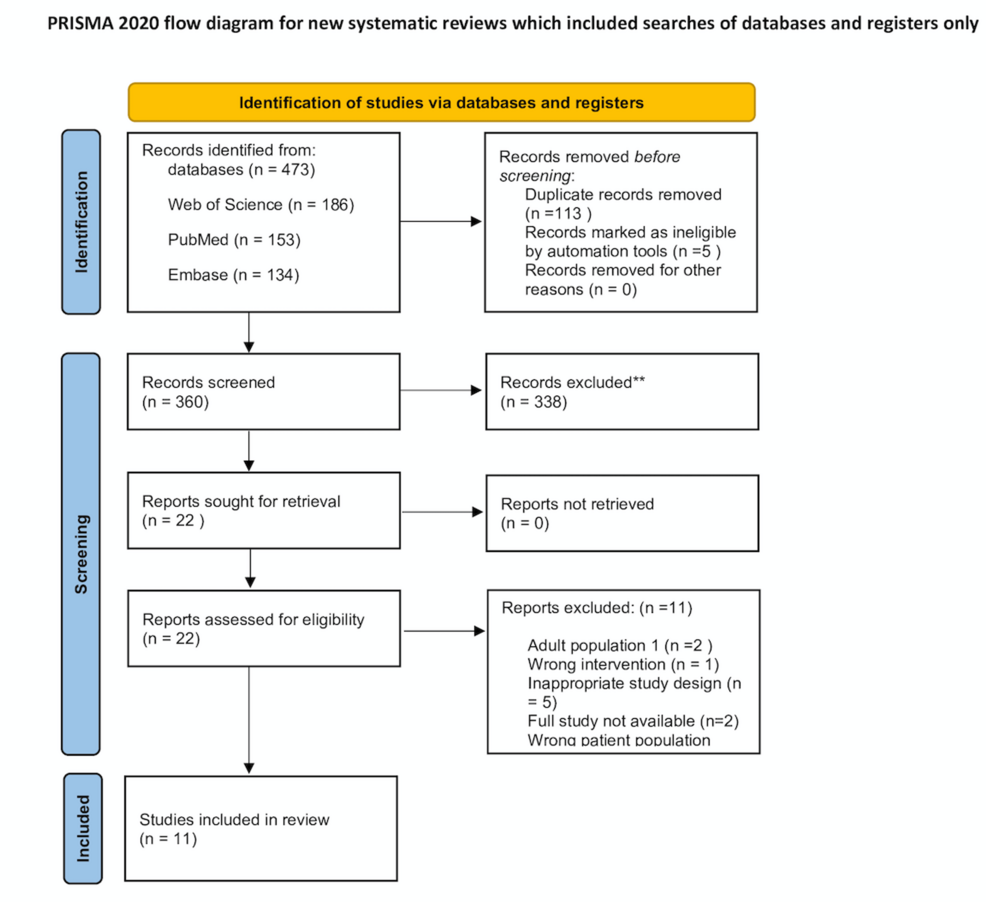Fracture detection in children and adolescents has always posed a unique challenge for medical professionals. The developing skeleton’s anatomy can often make radiographic interpretation difficult, leading to missed or delayed diagnoses. However, recent advancements in artificial intelligence (AI) are transforming this landscape, making fracture detection faster, more reliable, and more accurate than ever before.

AI’s Role in Enhancing Diagnostic Precision
AI-powered systems analyze pediatric X-rays and other radiographic images, identifying subtle fracture patterns that may go unnoticed by the human eye. Machine learning algorithms learn from thousands of pre-labeled images, allowing them to predict fractures with impressive accuracy. This reduces diagnostic errors and helps doctors make quicker decisions, leading to better patient outcomes. Systematic reviews and meta-analyses show that AI tools now rival expert radiologists in detecting fractures in young patients.
Benefits for Young Patients and Medical Teams
Faster and more accurate diagnoses mean children receive treatment sooner, minimizing long-term complications. AI streamlines workflows for medical teams, saving valuable time in busy emergency departments. As AI technology advances, we can expect its role in pediatric and adolescent fracture detection to grow, setting new standards for care and efficiency in orthopedics.